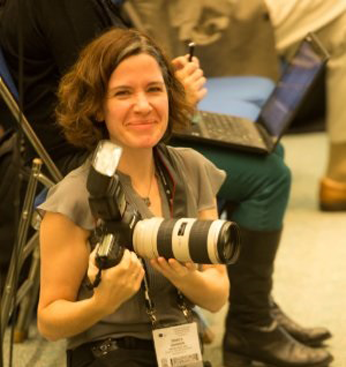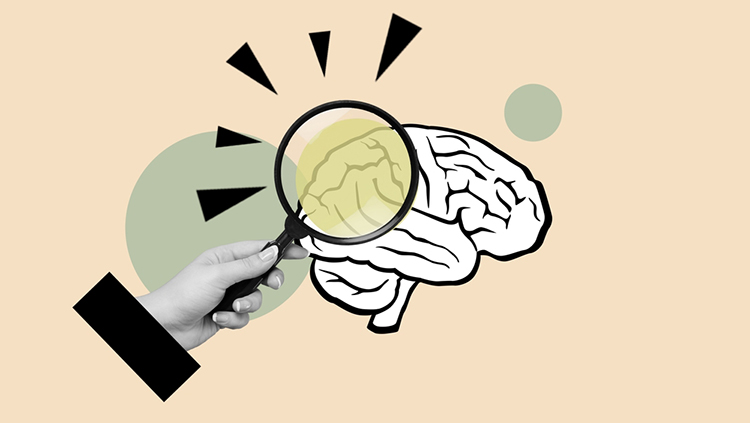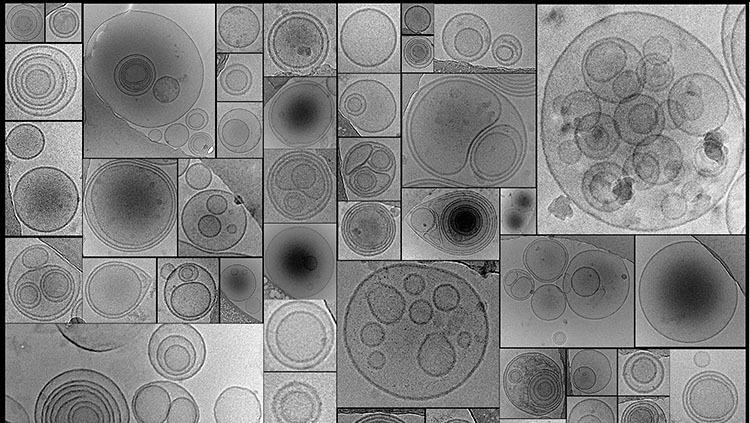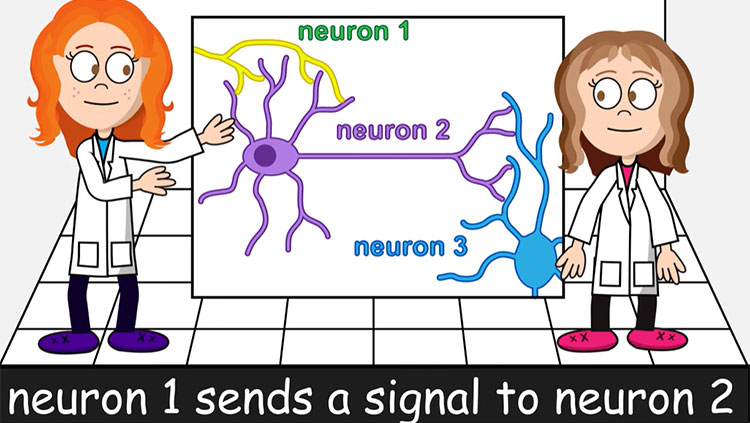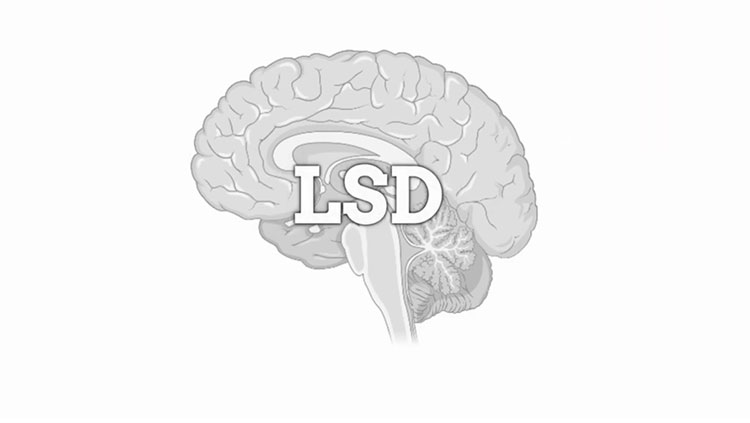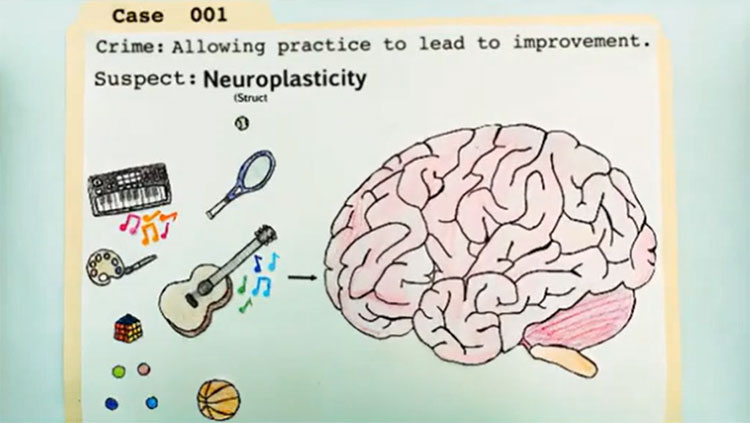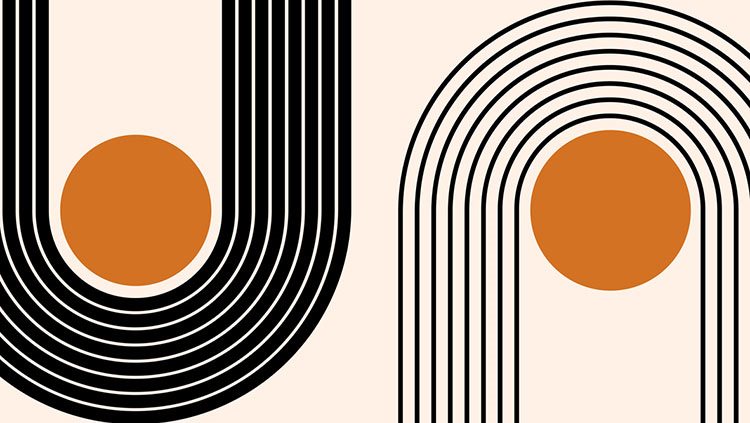Splitting the Human Brain In Two
- Published31 Mar 2017
- Reviewed31 Mar 2017
- Author Jessica P. Johnson
- Source BrainFacts/SfN
As an experimental surgery to help patients with epilepsy, surgeons severed a piece of the brain connecting the left and right sides of the brain. The seizures stopped, but the side effects revealed key ways that parts of the brain communicate. To find out more, listen to this podcast from BrainFacts.org.
Music by Josh Woodward, used under a creative commons license.
CONTENT PROVIDED BY
BrainFacts/SfN
Transcript
SfN: I’m Jessica Johnson for BrainFacts.org.
In the 1940s, neurosurgeons began a series of experimental surgeries to treat epilepsy in patients who failed to respond to medications. Ten patients volunteered to have the wide, flat bundle of neural fibers, called the corpus callosum, severed in their brains, effectively disconnecting the left and right hemispheres. The idea was to shut down this neural highway and stop a seizure’s uncontrolled electrical impulses from spreading from one hemisphere to the other.
The procedure worked. Although patients still required some medication, the combination treatment reduced the spread of seizures, the severity of brain trauma, and the frequency of lost consciousness. Perhaps most encouraging was that these so-called split-brain patients suffered no apparent changes in personality, emotion, or intelligence.
Michael Gazzaniga: The most remarkable thing is, you wouldn’t know a patient had the surgery unless you started doing some clever testing. One of the first patients could still play the piano afterward. You might think that would be impossible.
This is Michael Gazzaniga at the University of California Santa Barbara. I’m Director of the Sage Center for the Study of Mind.
SfN: Gazzaniga began some of this “clever testing” in the early 1960s under Roger Sperry, his PhD advisor at the time, who later won the 1981 Nobel Prize in Physiology and Medicine for his research on split brain patients.
Subtle behavioral changes previously documented in split brain patients had led the researchers to suspect that the surgery may induce slight alterations in cognitive function. One split-brain patient, for example, reported having difficulty buttoning his shirt, because as one hand did the work of buttoning, the other hand would follow and unbutton – as if each hand was controlled by a different brain.
So Gazzaniga and Sperry designed experiments to test each brain hemisphere separately to investigate the surgery’s impacts on cognition.
Gazzaniga: We gave both the left brain and the right brain a simple problem. And the problem was we showed each a picture, and all each half brain had to do was point to a picture on the table in front of them that best matched the picture they saw.
SfN: It’s important to remember here that things we see with our right eye, known as the right visual field, are sent to the brain’s left hemisphere to process. Similarly, anything we see in the left visual field is sent to the brain’s right hemisphere.
Gazzaniga: We’re all wired up like that.
SfN: In the experiment, the split brain patients accurately pointed to pictures of the objects they had seen. Both hemispheres performed the task equally well. But when the patients were asked to talk about what they saw, it was a completely different story.
Gazzaniga: If you just ask a split brain patient: what did you see? All they would talk about is the picture to the right part of your visual field.
SfN: The reason for this, Gazzaniga explains, is that the speech center of our brain is located in the left hemisphere, which again collects information only from the right visual field. So in the split brain patients, the only information the speech center receives – and can therefore talk about – comes from the right eye.
Gazzaniga: If there was an apple up there, they would say, “I saw an apple,” even though at the same time we may have shown an orange to the right hemisphere. You cut the [corpus] callosum and the information can’t get over to the left speaking center, so the left brain doesn’t say anything about it.
SfN: From this and other experiments, Gazzaniga and his colleagues concluded that in intact brains, the corpus callosum performs the vital task of passing information back and forth between the two hemispheres. Without this connection, the right hemisphere can’t send the visual information it collects to the left brain to verbalize. These observations helped reinforce the theory that different brain regions specialize in different cognitive processes and provided a possible explanation for how the outputs of these processes are shared with the rest of the brain.
In a fascinating twist, when researchers later asked the split brain patients to verbally explain why they pointed to a picture of an object only processed by their right hemisphere, and was therefore unknown to the left hemisphere and its verbal center, their left hemispheres filled in the blanks and invented logical answers.
Gazzaniga: The left brain doesn’t actually know why that left hand is pointing to this other picture. The whole latter half of the split brain research story is that there is this thing in our left hemisphere – this special capacity to make everything that’s coming out seem integrated with one story. And that thing that we have in our left hemisphere, we’ve dubbed it, just to give it a name, the “Interpreter.” It’s always interpreting our actions. We’re constantly explaining ourselves to ourselves.
SfN: Gazzaniga and others continue to investigate the corpus callosum’s role as an information highway and the idea that, in its absence, an interpretive center located somewhere in the brain’s left hemisphere tries to integrate the outputs of the separate hemispheres into a single, coherent story.
Gazzaniga’s decades of research have also led him and others to ponder the question: how does our brain anatomy determine who we are as individuals?
Gazzaniga: You split the brain and you would think, “well, that should disrupt the mind.” You’re right in there with a jackhammer and all those networks that are supposed to give rise to mind. It’s pretty remarkable that if you disconnect the two hemispheres, all of a sudden you’ve got two minds. There are certainly times, while we’re doing these studies, where the two minds differently evaluate the same object. One can think positively about it, and the other side can be not happy with it. There are two systems seesawing on how they feel about it.
SfN: Gazzaniga believes that the Interpreter is somehow responsible for mediating the sometimes conflicting thoughts and emotions produced by different brain regions in order to present a unified sense of self. Today, split brain surgery is very rare. But research on split-brain patients continues to inform our understanding of how the brain’s hemispheres function both independently and collaboratively.
Thanks for listening. Check out more information about how the brain’s hemispheres cooperate to create a unified mind at BrainFacts.org.
Also In Cells & Circuits
Trending
Popular articles on BrainFacts.org


